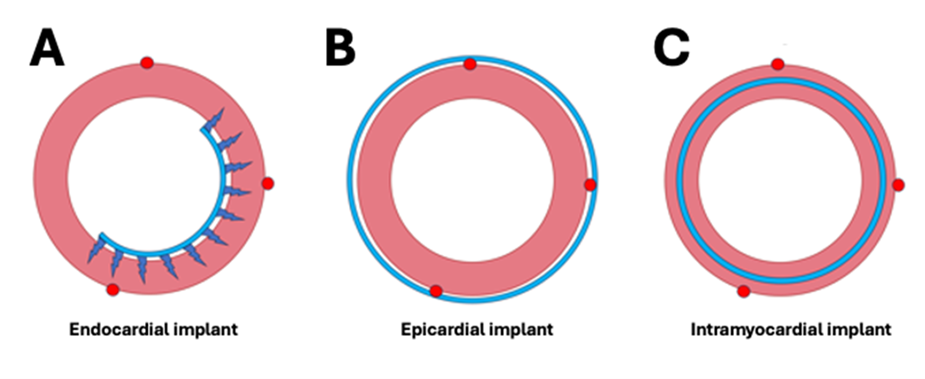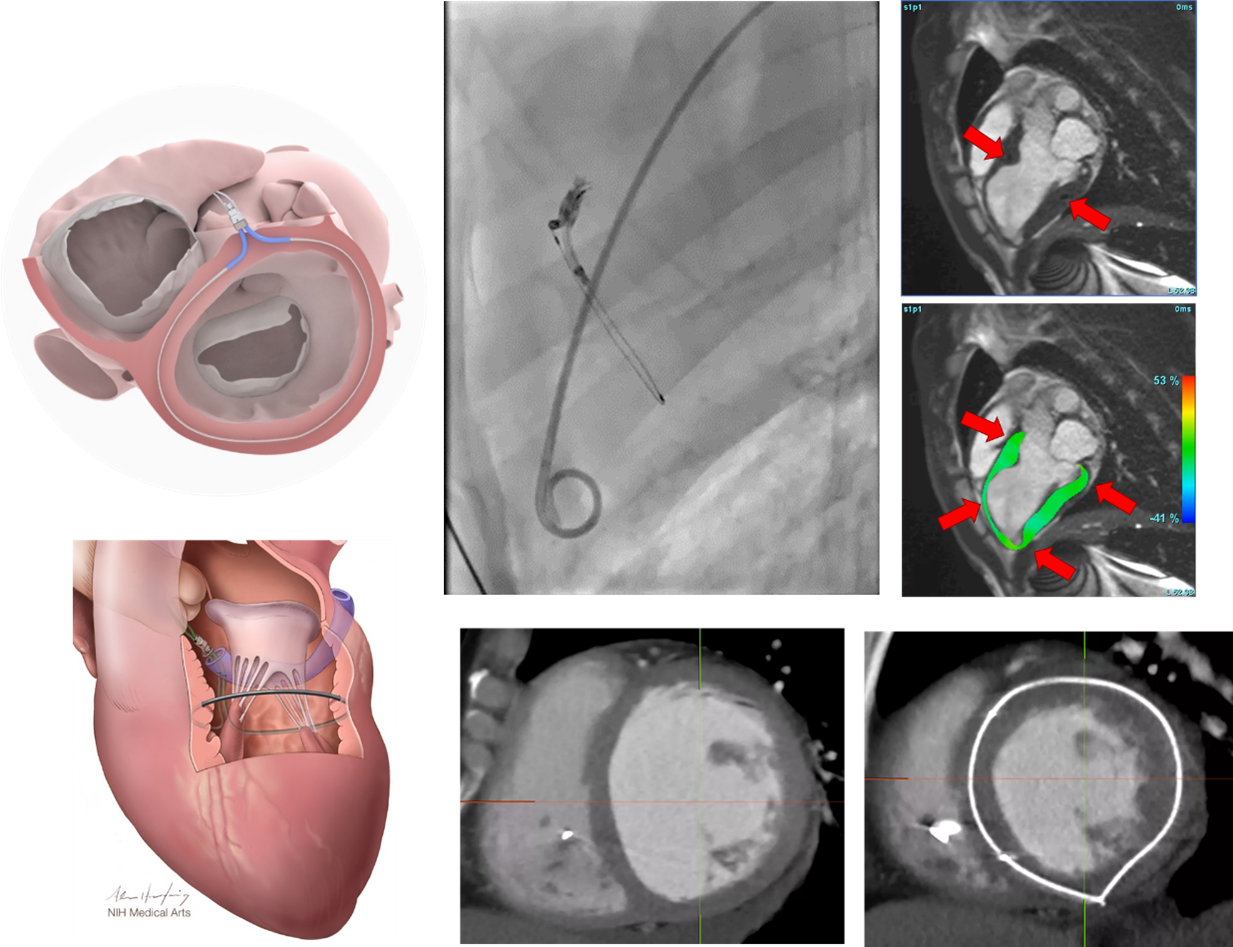ADVERTISEMENT
6.2 Interventional Ventricular Remodeling in Heart Failure
These proceedings summarize the educational activity of the 17th Biennial Meeting of the International Andreas Gruentzig Society held January 30 to February 2, 2024 in Chiang Rai, Thailand.
Faculty Disclosures Vendor Acknowledgments
Statement of the problem or issue
For heart failure patients who are ill enough to require a left ventricular assist device (LVAD) or heart transplant, is there anything we can do for them? For specific structural defects, like aortic stenosis, aortic insufficiency, mitral regurgitation, and tricuspid regurgitation, we can attempt to treat or correct the defect if that is involved. We can close certain intracardiac shunts such as septal defects if that is the cause, or in some cases we can create holes in their heart if we think it might help. We can resynchronize their ventricles, and, of course, we can give them medications. But this is not what I'm talking about today.
Gaps in current knowledge
The knowledge gap issue we have to address in this session is this: Can we remodel a failing ventricle with a transcatheter implant? Is there a device we can insert that can change the geometry of the ventricle and thereby make patients feel better? As I see it, there are three simple ways of doing this: (1) We can put a device on the endocardial surface (Figure 1A). Typically, in order to do that, a number of anchors must be placed. Unfortunately, some anchors might pull out, thereby reducing effectiveness of the device. (2) Another way of changing the geometry of a dilated ventricle is to put a device on the outside of the heart and cinch it down (Figure 1B). One of the challenges with this approach are important structures located on the outside of the heart, notably the coronary arteries (Figure 1, A-C, small red circles), which might be compressed and possibly occluded as the device is cinched. (3) One final way, perhaps a little provocative, is to place a device within the myocardium (Figure 1C). This potentially gets away from concerns about anchors pulling out or externally compressing coronaries.
Figure. 1. Concepts for changing ventricular geometry.

Possible solutions and future directions
One example of an endocardial approach is the Accucinch device, which is under clinical investigation now (Figure 2). This device lies on the left ventricular (LV) endocardial surface with a series of implanted anchors that are then connected with a tether. Once all anchors have been deployed, the tether is cinched down to pull the anchors together.
Figure 2. Endocardial implant (Accucinch).

An example of an epicardial approach is the Cerclage device (Figure 3). It sits partially within the coronary sinus, so it is truly epicardial, and partially within the right heart, so it completely surrounds the left ventricle. Since the coronary sinus lies over the top of the circumflex coronary artery in most patients, the device includes a coronary protection element so that when it is cinched down, it doesn’t compress the underlying coronary.
Figure 3. Epicardial implant (Cerclage).

Finally, this is an example of a new intramyocardial implant concept we will be testing in humans very soon (Figure 4). We call this Mirth, and the entire device lies within the LV myocardium. This device can be placed anywhere from base to apex, does not rely on anchors for fixation, and cannot compress any of the coronaries since it lies beneath them.
Figure 4. Intramyocardial implant (Mirth).

In conclusion, I have here outlined 3 interventional approaches to changing the geometry of a dilated and dysfunctional left ventricle. All 3 approaches are undergoing investigation for safety and efficacy.
© 2024 HMP Global. All Rights Reserved.
Any views and opinions expressed are those of the author(s) and/or participants and do not necessarily reflect the views, policy, or position of the Journal of Invasive Cardiology or HMP Global, their employees, and affiliates.













